We have an exciting week ahead with a crescent Moon that might break your observing record followed by a well-timed Lyrid meteor shower.
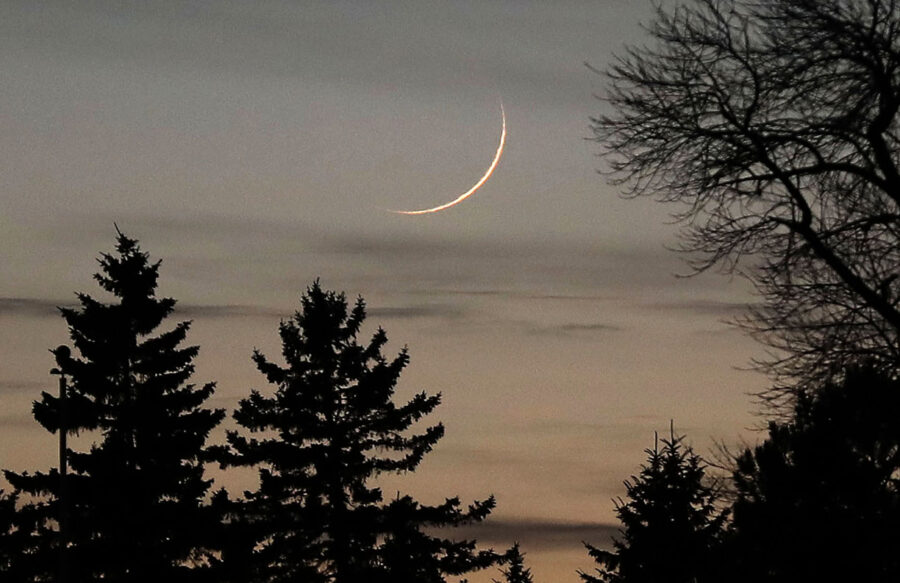
Bob King
Here in northern Minnesota April brings warmth and light that chase away the snow and encourage the first flowers to bloom. At least that's what's supposed to happen — I still have a foot of snow in the front yard. Strange to think that folks in the southern states are already mowing lawns and going out for ice cream. Like the new season, the return of the crescent Moon has long been seen as a symbol of rebirth and renewal. It even looks newborn — tender, fragile, and barely visible in the pastel twilight as if coming into existence right before our eyes.
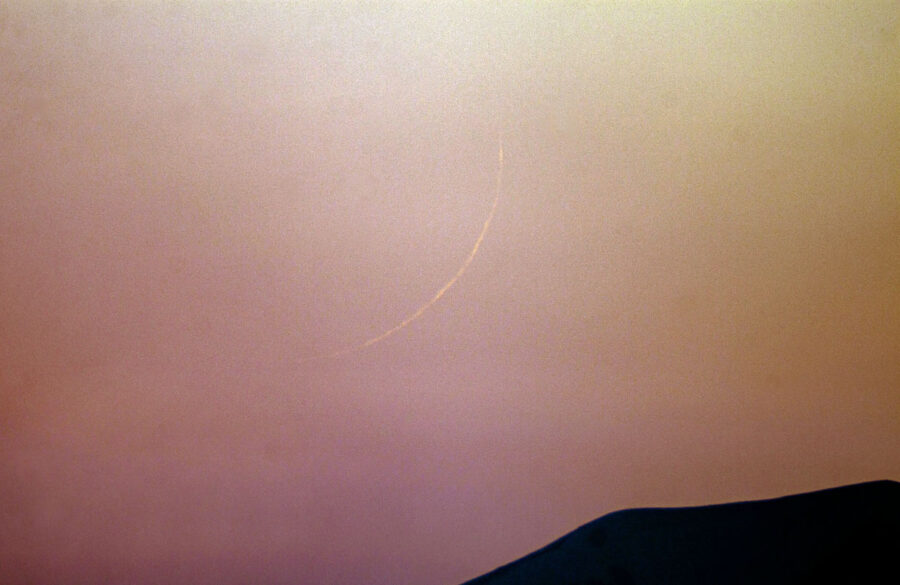
Ali Ebrahimi Seraji
On April 20th, fresh off its "hybrid" eclipse (one that's annular at the beginning and end of the event and total in the middle), observers in the Americas will have the opportunity to see an unusually young Moon under excellent circumstances. New Moon occurs on April 20th at 4:13 UT (12:13 a.m. EDT). Later that same evening, the Moon will be only about 20 hours old for observers in the Eastern time zone; 21 hours for the Midwest; 22 hours for the Mountain states; and 23 hours for West Coast skywatchers. Sunlight will illuminate 0.7 percent of the Moon from the East Coast, which increases to 1 percent for the West. While this crescent won't break any records for earliest naked-eye moon sighting — that goes to Iranian observer Mohsen G. Mirsaeed of Iran at 11 hours 40 minutes on September 7, 2002 — it will prove a worthy challenge for many of us.
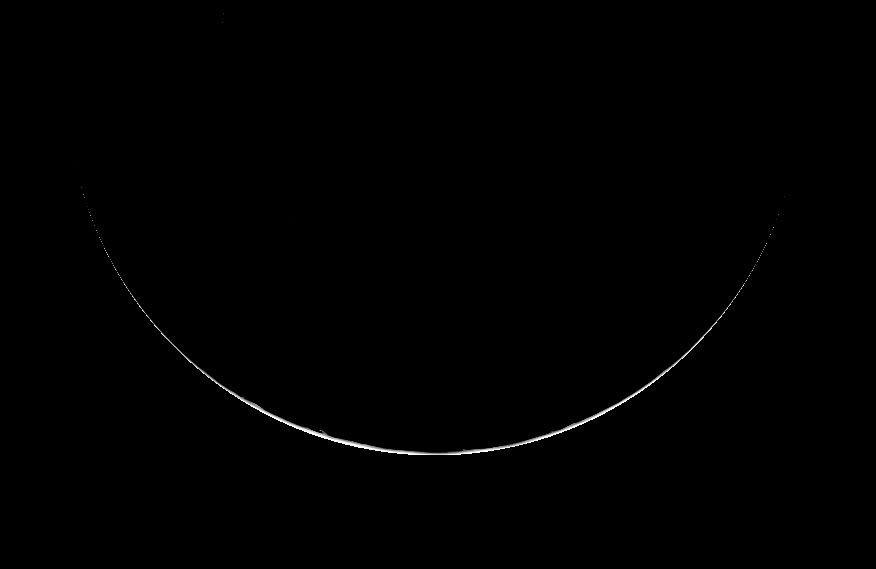
Virtual Moon Atlas
A one-to-two-day-old Moon isn't an uncommon sight but seeing one fewer than 24 hours old requires a bit of planning. Because it follows the Sun so closely the viewing window is narrow, lasting from about 20 minutes to 1 hour after sunset. Use this calculator to find your local time of sunset. You'll also want to bring a pair of binoculars help dig it out of the twilight glow and know exactly where to look when seeking it without optical aid. An unobstructed view to the west-northwest down to within at least 2°–3° of the horizon is a must. If you're struggling to find an open spot near your home use Google Maps. Select the satellite layer (bottom left on the site) and search for clearings in the area that offer vistas to the west.
Start watching about 20 minutes after sunset when the Moon will hover between about 5°–7° high above the west-northwestern horizon and about 30° to lower right of Venus. Venus is helpful because you can use it to precisely focus your binoculars before sweeping deeper in the twilight glow for the Moon. I'll often use a stargazing app such as SkySafari, Stellarium, or SkyView to confirm I'm looking in the right spot. I hold the phone at arm's length in front of my face and slowly pan until the Moon icon on the screen appears directly ahead.
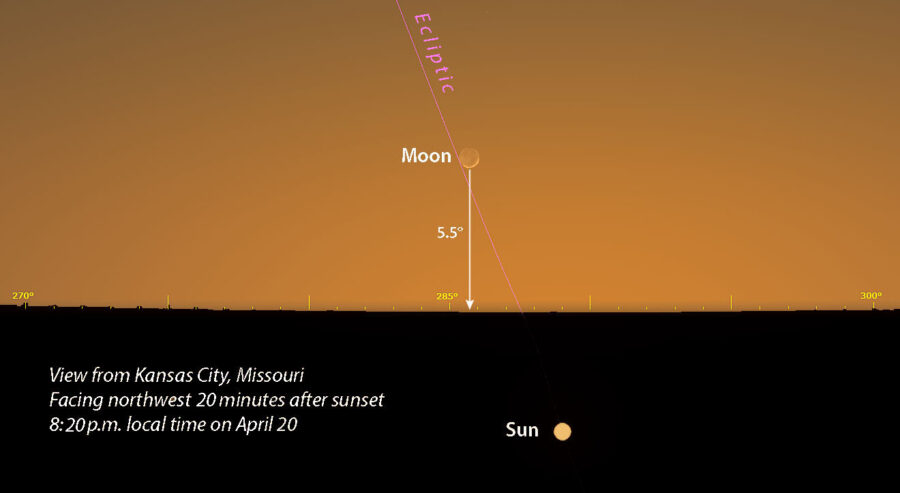
Stellarium with additions by Bob King
The crescent's distance from the Sun varies from 9° along the East Coast to about 10.5° along the West Coast. Apparent distance from the Sun determines the Moon's age, which is the reason observers in Oregon will see a slightly older Moon than viewers in Florida. No matter your location binoculars will reveal "breaks" or fainter zones along the lunar arc caused by crater shadows biting into the little surface area exposed to sunlight.
There are a couple reasons for this being a great time to see a very young crescent. Like the planets and the Sun, the Moon follows the ecliptic circle as it makes it monthly rounds of the sky. In April, the evening ecliptic tips upward from the western horizon at a steep angle, placing the newly emerging Moon almost directly above the setting Sun. Though situated just 9° or 10° from the glaring disk, the Sun quickly gets out of the way.
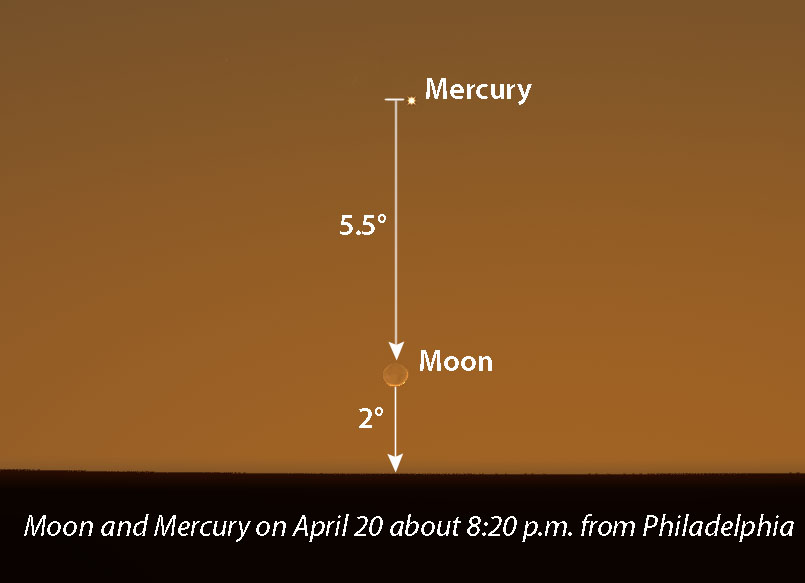
Stellarium with additions by Bob King
In the autumn, the ecliptic meets the western horizon at a such shallow angle that by the time it's dark enough to see the Moon it's virtually scraping the horizon. On April 20th the Moon is also just four days past perigee, its closest point to Earth, and traveling at a faster speed than average. This helps propel it up and away from the Sun more quickly. As the sky darkens try using the Moon to find another crescent — the planet Mercury. The 13-percent-illuminated sliver is situated about 5° almost directly above the Moon and spans 9.9″ across.
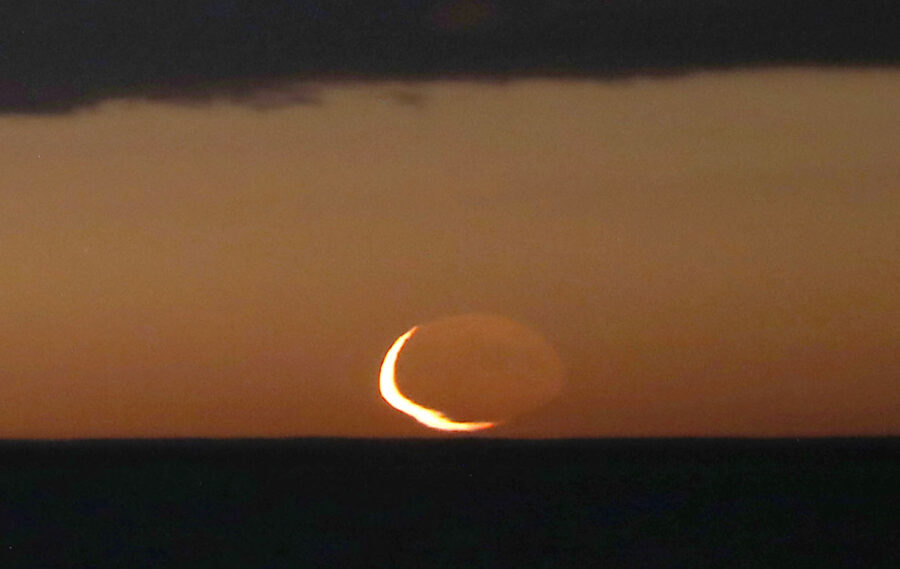
Bob King
Observers who are able to get an unobstructed view right down to the horizon may also get the chance to see the sickle Moon squished and bent out of shape by atmospheric refraction. It's also possible that you'll see the earthlit portion of the Moon through binoculars, although a bright sky and atmospheric extinction will make it challenging. Even if the viewing window is brief, there is much to see on Thursday evening, April 20th. Good luck!
Perfect timing for the Lyrids
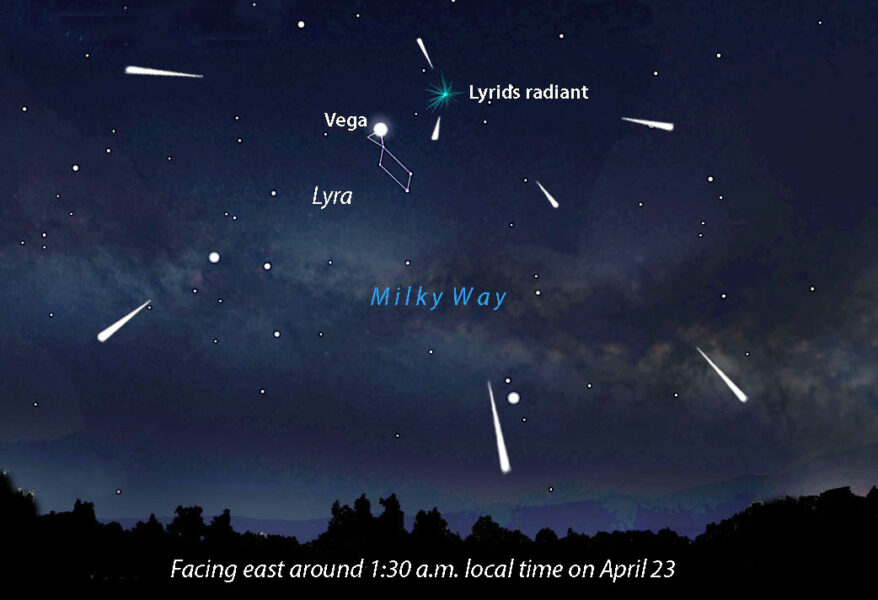
Stellarium with additions by Bob King
Sometimes we love the Moon and sometimes we wish it would go away. During a meteor shower for example. Fortunately, the Moon bows out before the annual Lyrid meteor shower peaks on the night of April 22–23. The three-day-old crescent sets around 11 p.m. local time, leaving dark skies ideal for soaking up comet-dust ionization trails.
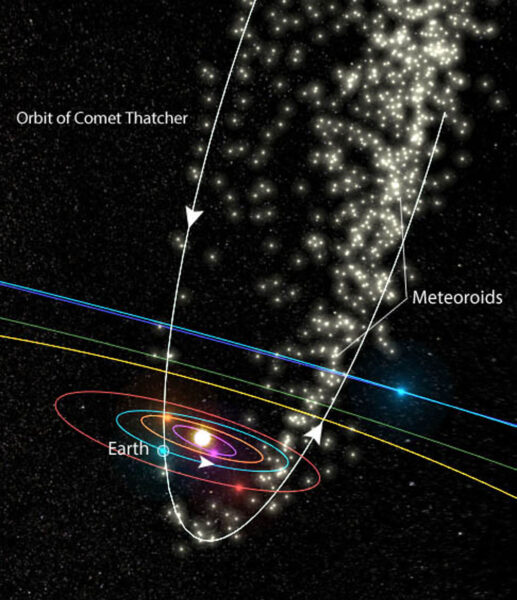
Meteor data, Peter Jenniskens; visualization Ian Webster
Comet Thatcher (C/1861 G1) is the Lyrid shower's parent comet. Like dander from a horse the comet sloughs dust and ice particles when heated by the Sun and deposits the material along its orbit. Every April from about the 15th through the 29th, Earth crosses the comet's path. Dust and small pebbles strike the atmosphere traveling at 47 kilometers per second (105,000 mph) and scratch out luminous streaks of light. During a typical Lyrid display meteors flash at the rate of 15–20 per hour as seen from dark skies.
The shower will be best for three nights centered on the peak in case you run into bad weather on the night of maximum. If you're really unlucky try listening to the Lyrids at Livemeteors.com. The site connects to a VHF radio feed that pings the ionized trails left by meteors during their flight through the atmosphere. The signal reflects back to a receiver where it's translated into an audible, high-pitched metallic tone. A live graphic displays the pings visually. Italian astronomer Gianluca Masi will also stream the shower live on his Virtual Telescope site starting at 00:30 UT on April 23rd (8:30 p.m. EDT).
Showers like the Lyrids let us quietly commune with the night as we anticipate a meteoric surprise. What could be easier?
 0
0









Comments
You must be logged in to post a comment.